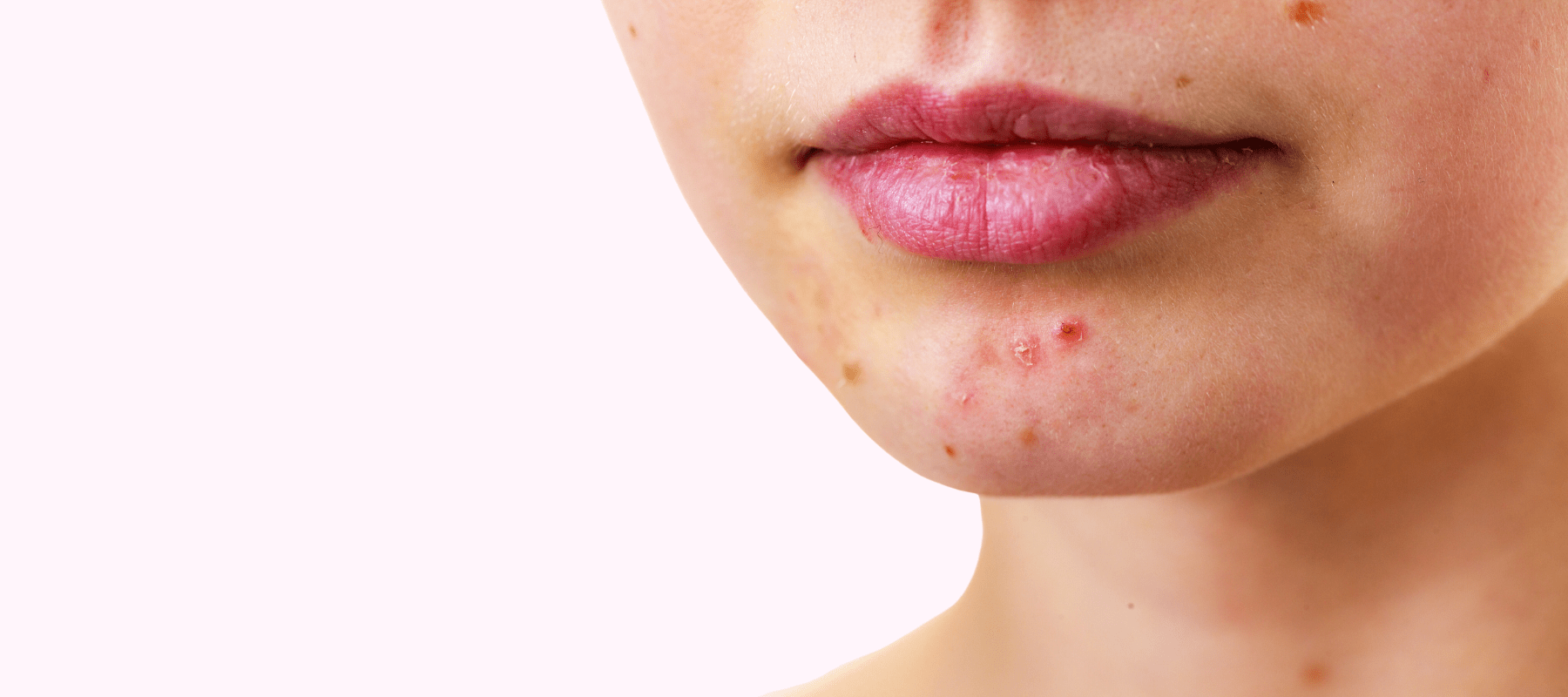
Pustule Acne: What Causes Those Pesky Acne on Your Face
Hormone abnormalities commonly bring on pustule acne. They are a typical occurrence that affects youngsters going through puberty. Tiny pores in your skin allow oil from your sebaceous glands to escape.
These glands secrete an oil called sebum to keep the skin healthy. Pustules and other forms of acne can develop when pores become blocked with dirt, oil, and germs.
Sometimes pustules can harden and be rather painful. They become bigger as well. A more serious kind of acne that results from them is cystic acne. Pustules can also develop due to an allergic reaction, which inflames the skin. Here is everything you need to know about pustules on face.
What is Pustule Acne?
Pustule is a cutaneous lesion that contains pus, has a diameter of up to one centimetre, and is loaded with serous fluid and white blood cells. Adolescents often have bumps and symptoms of more serious conditions like acne or folliculitis.
They can be seen alone or in groups, concentrated in one spot or dispersed across the body. Pustule acne can appear everywhere but seem more prevalent on the face, chest, and back.
Causes of Pustule Acne
Acne
Acne is one of the pustules causes, and they develop when the walls of a skin pore get ruptured due to irritation.
Also Read: Acne Self-Care: How to Handle Acne-Prone Skin with Care
Psoriasis
This skin ailment results in scaly, red, and itchy spots. An infection, stress, particular chemicals, and specific medicines can bring on an episode of pustular psoriasis.
Rosacea
Typically, this skin problem results in pimples and causes the skin on your face to be red. Pustules, however, can be brought on by the disease's inflammatory rosacea variant.
Smallpox
One of this terrible disease's most glaring symptoms, pustules, killed millions of individuals throughout history. It is no longer a threat because of vaccination, but virus samples are kept behind locked doors in labs of various countries.
Chickenpox
Skin lesions that develop into pustules as the condition worsens are a symptom of this pediatric illness and other illnesses brought on by a connected virus.
How to Identify a Pustule
Identifying a pustule is not that difficult. These are some of the things you need to consider:
- Pustules typically appear on the chest, back, neck, and face.
- They can also show up on the underarms, hairline, shoulders, and pubic region.
- Pus-filled pustules feature a large, white head.
- A pustule will have red, swollen, and uncomfortable skin around it.
Also Read: Pus Pimples: Causes and How to Cure Pus Pimples
Symptoms of a Pustule
Small red pimples called pustules have white or yellowish centres. They could feel painful or tender to the touch. These lumps could appear anywhere on your body. You may see these on your depending on the cause:
- Hands and feet
- Face
- Neck
- Buttocks
- Back
- Upper chest
- Groin
- Arms and legs
- Scalp
Pustules on forehead typically cause little harm. But keep an eye out for symptoms of a severe skin infection, such as:
- The redness
- Swelling
- Pain
- Warmth
Medical Treatments for Getting Rid of a Pustule
Topical Antibiotics
Since antibiotics don't unclog pores, doctors often combine them with other medications, like benzoyl peroxide or retinoids, to combat bacterial infections.
Oral antibiotics
Antibiotics eliminate the bacteria that trigger skin infections, lowering irritation and redness and clearing the pores. Although treatment may extend for months, antibiotics normally clear the skin after four weeks.
Topical Retinoids
Retinoids, created from vitamin A, can be used to clean up clogged pores. However, dry skin, peeling, and increased sensitivity to sunlight are some of the adverse effects of these prescription treatments.
Isotretinoin
Only available with a prescription, doctors use this to treat severe cases of pustule acne. it should not be used during pregnancy.
When to See Your Doctor
The condition of pustules on face is not serious. However, some signs could point to a skin condition or infection. Visit a doctor if you have any of the following signs and symptoms besides pustule acne:
- Sudden, chunky skin eruption covering a considerable area
- No change or a worsening of the situation
- Fever
- Body aches
- The places where the pustule is painful
- Diarrhoea
- Vomiting
- Nausea
Prevention Tips for Avoiding Future Pimples and Pustules
Like other forms of acne, pustules cannot be prevented with 100% certainty. But, here are a few steps you can take to get rid of pustules:
- Use warm water and a soap-free cleanser to wash your face twice daily. Pick skin care products that won't clog pores, like the Pink Foundry's anti-acne serum.
- Protect your skin by using a moisturiser and broad-spectrum sunscreen. You can get Pink Foundry's oil-free matte moisturizer followed by their mineral matte tinted sunscreen.
- Maintain a regular schedule of changing bed linens and washing pillowcases.
- Sleep enough, drink lots of water, and eat right to keep your health in check.
Conclusion
Large pustule acne affect the dermal layers of the skin, and they are a skin problem that cannot be ignored. These could result in scarring after treatment. However, you must take care of these pus-filled zits before you deal with your scars. Thus, do consult a dermatologist to create a skin care regimen specifically for you. We also recommend discussing your individual needs with your doctor and getting advice on improving your general health.























































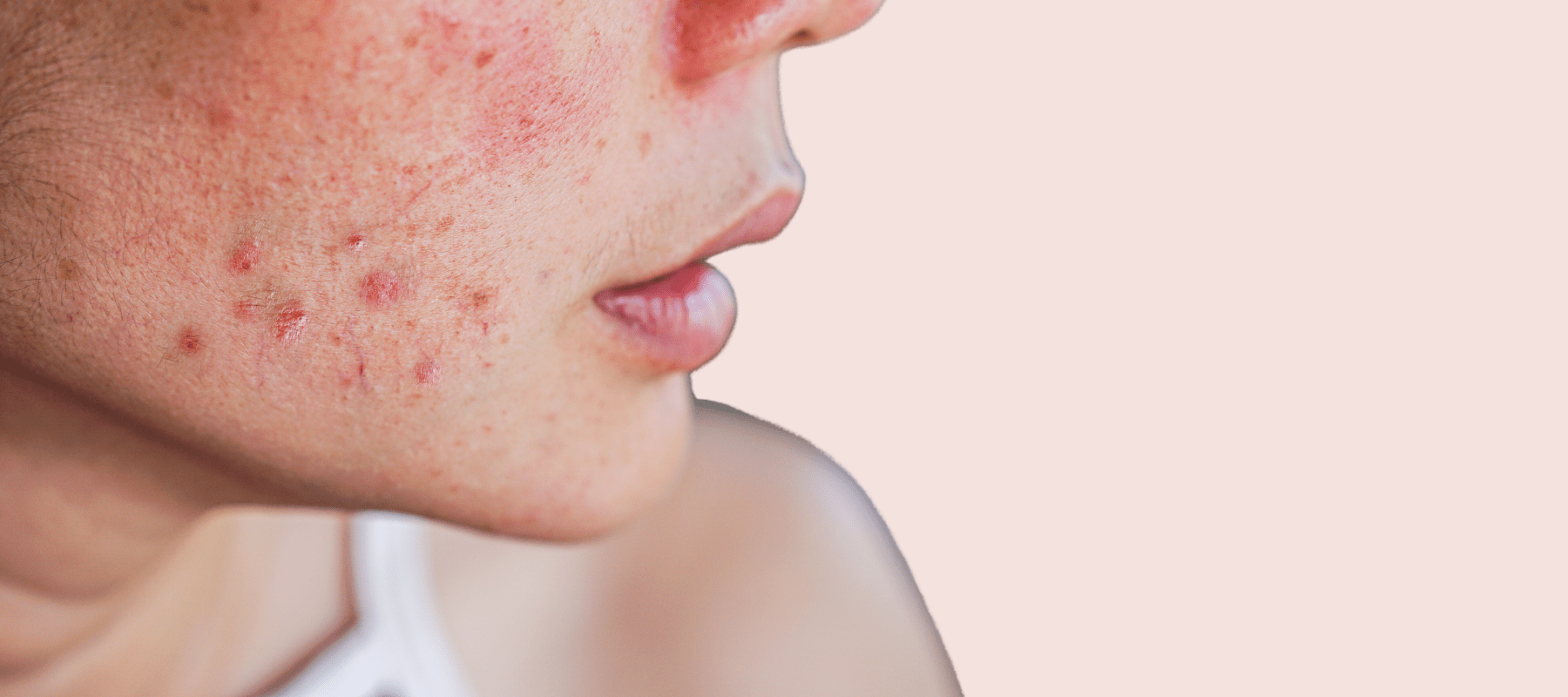
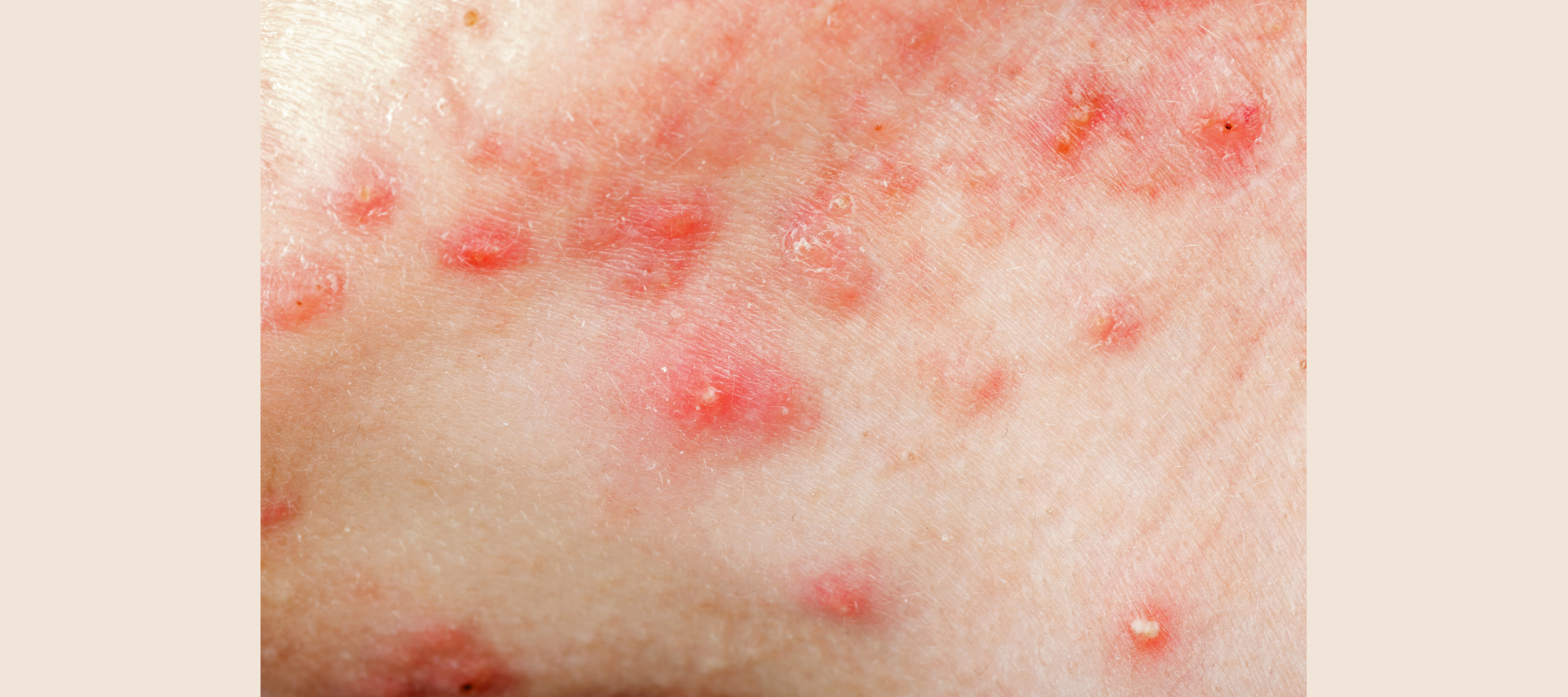
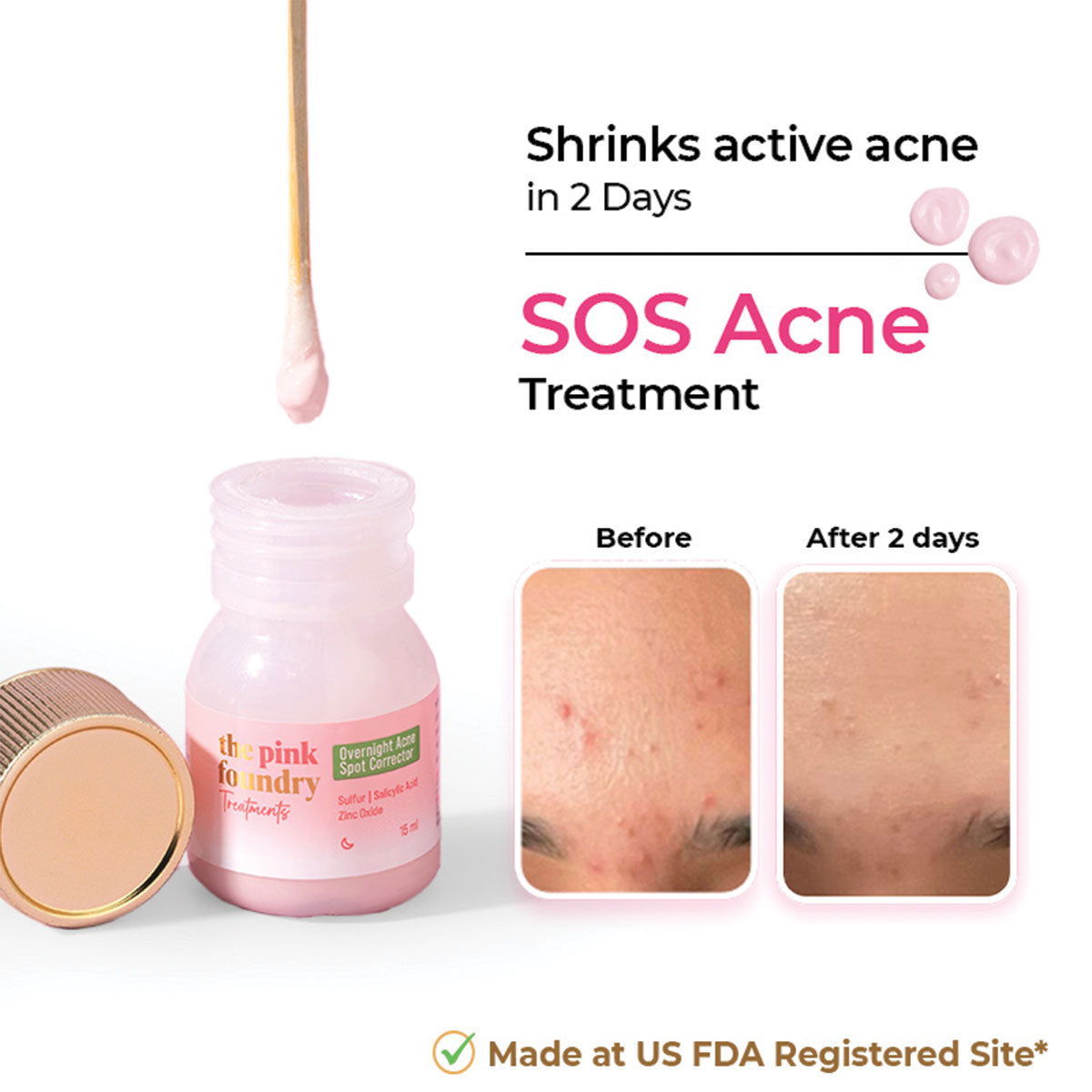
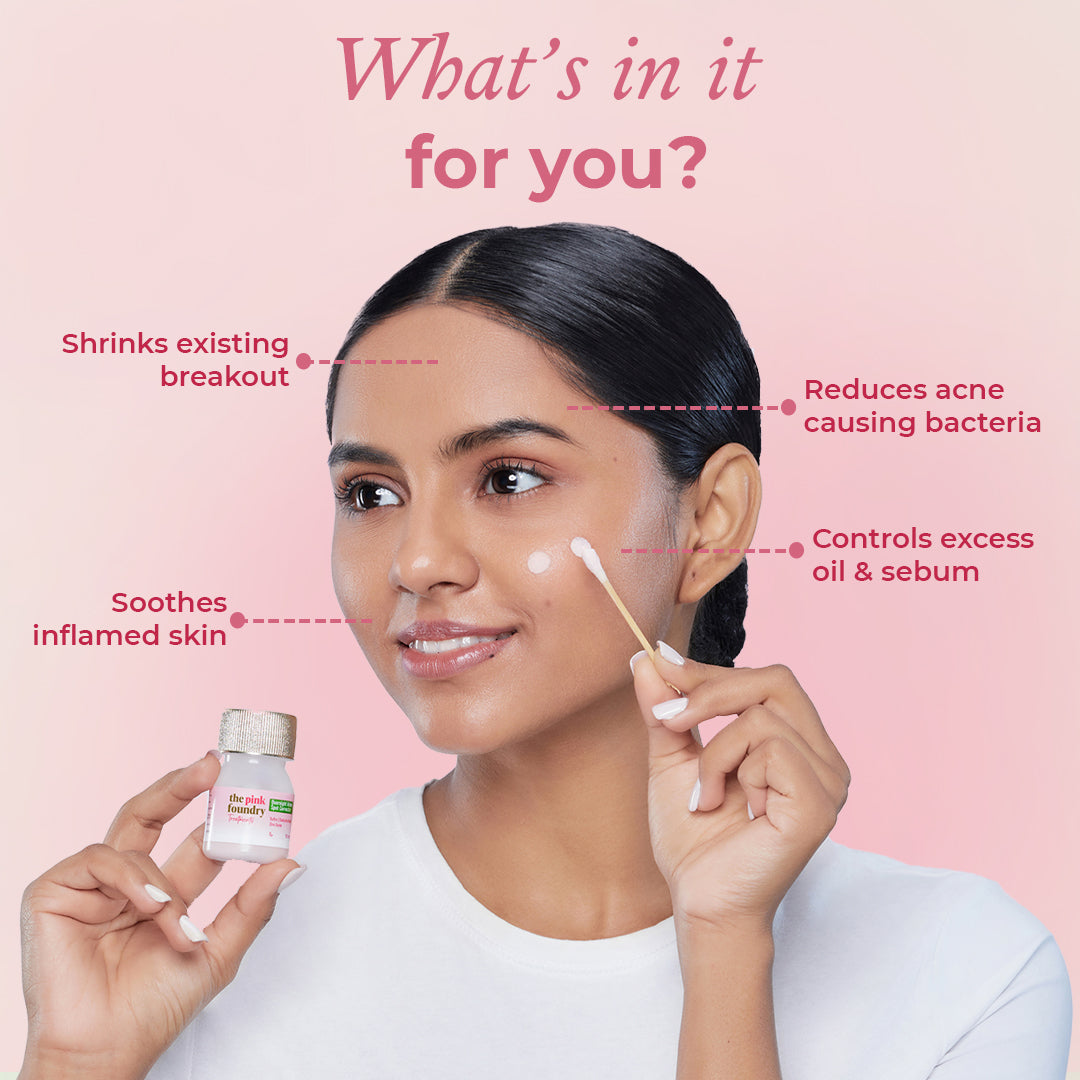
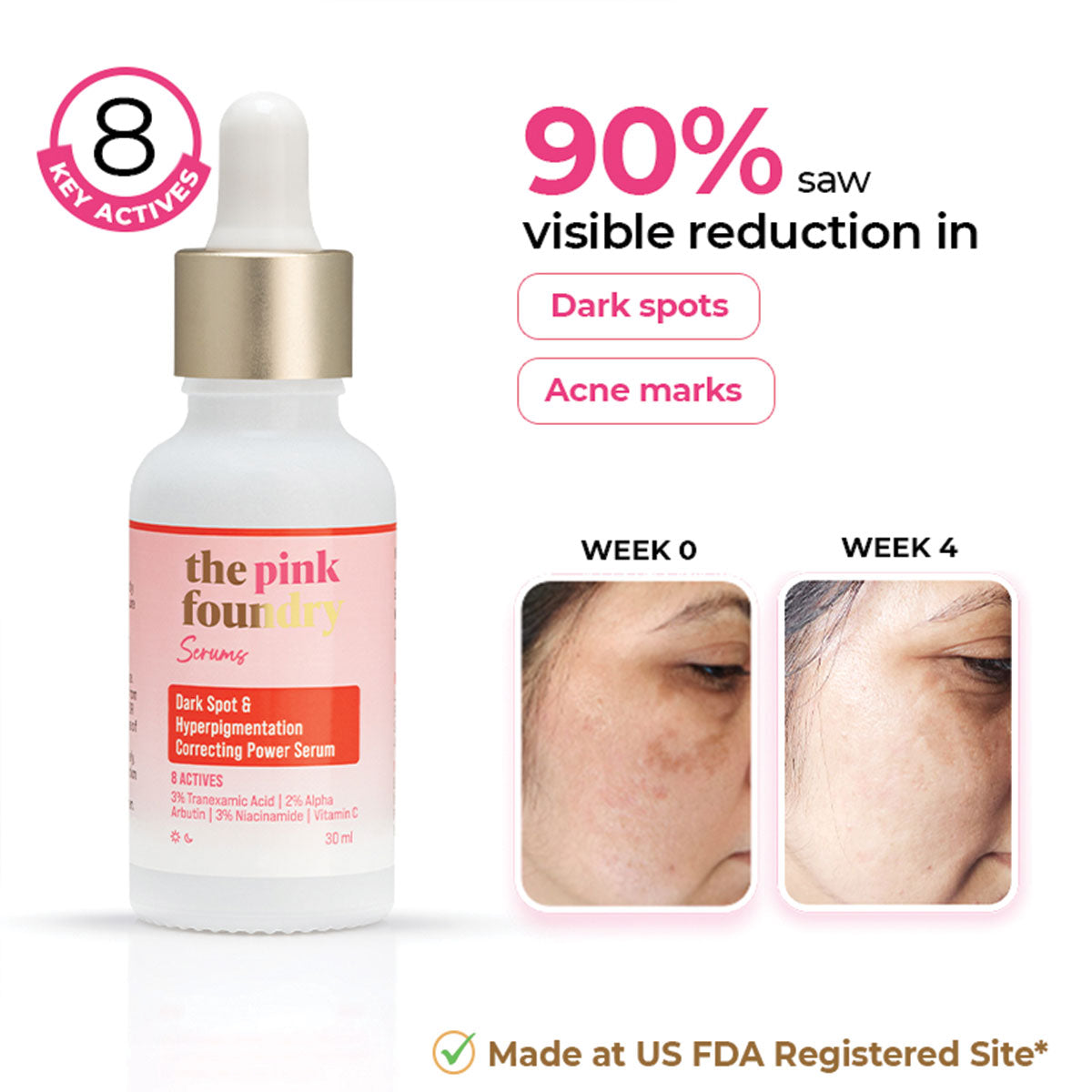
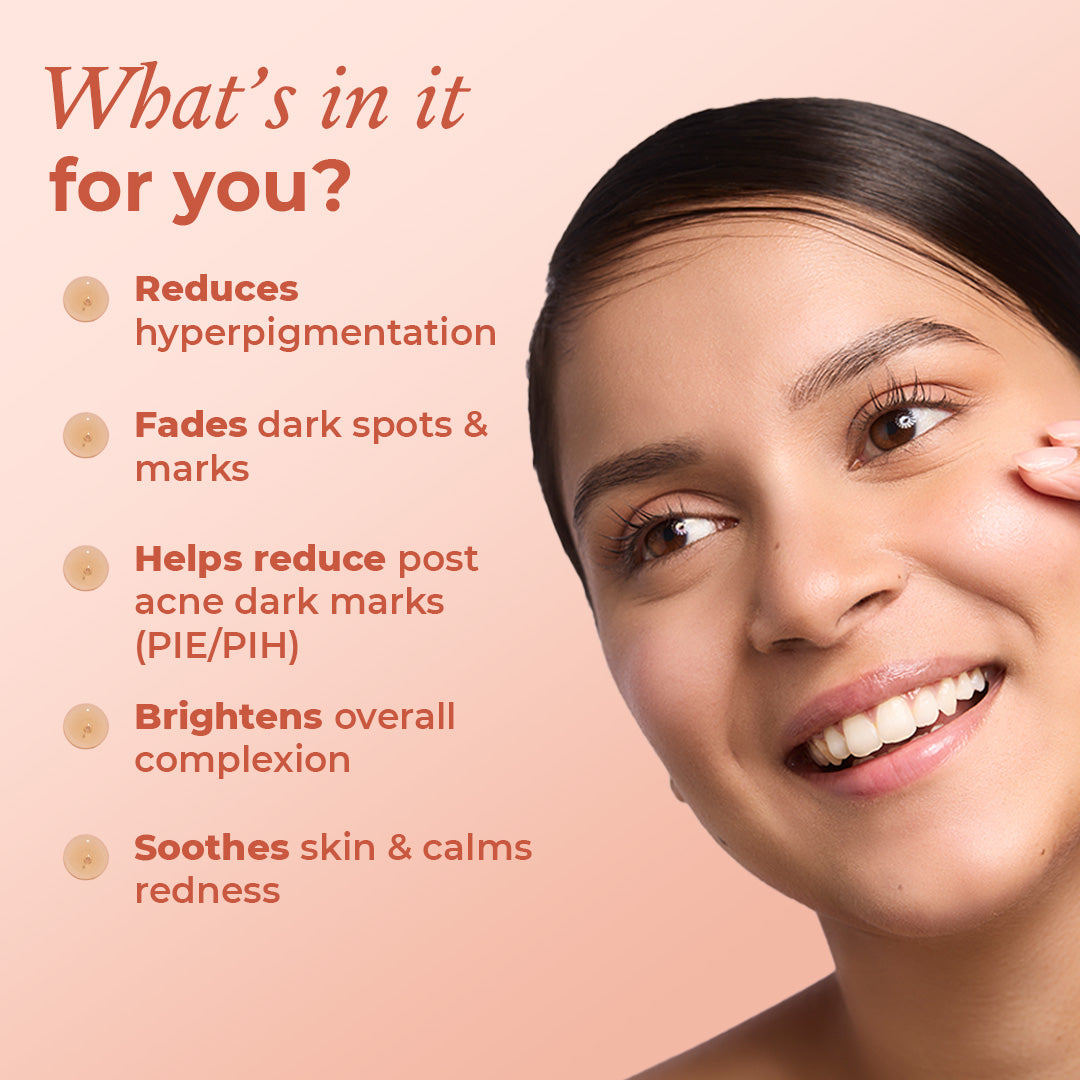
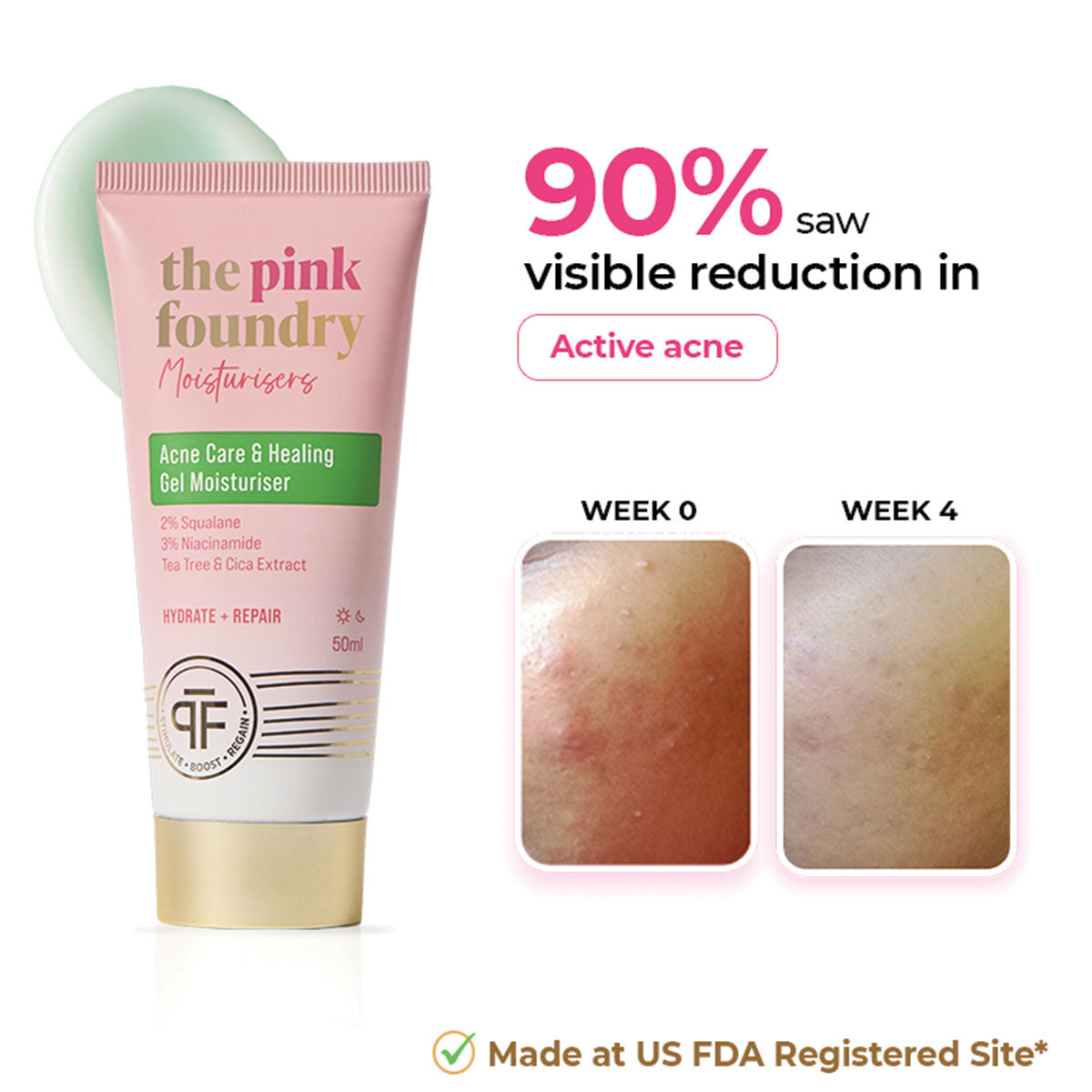
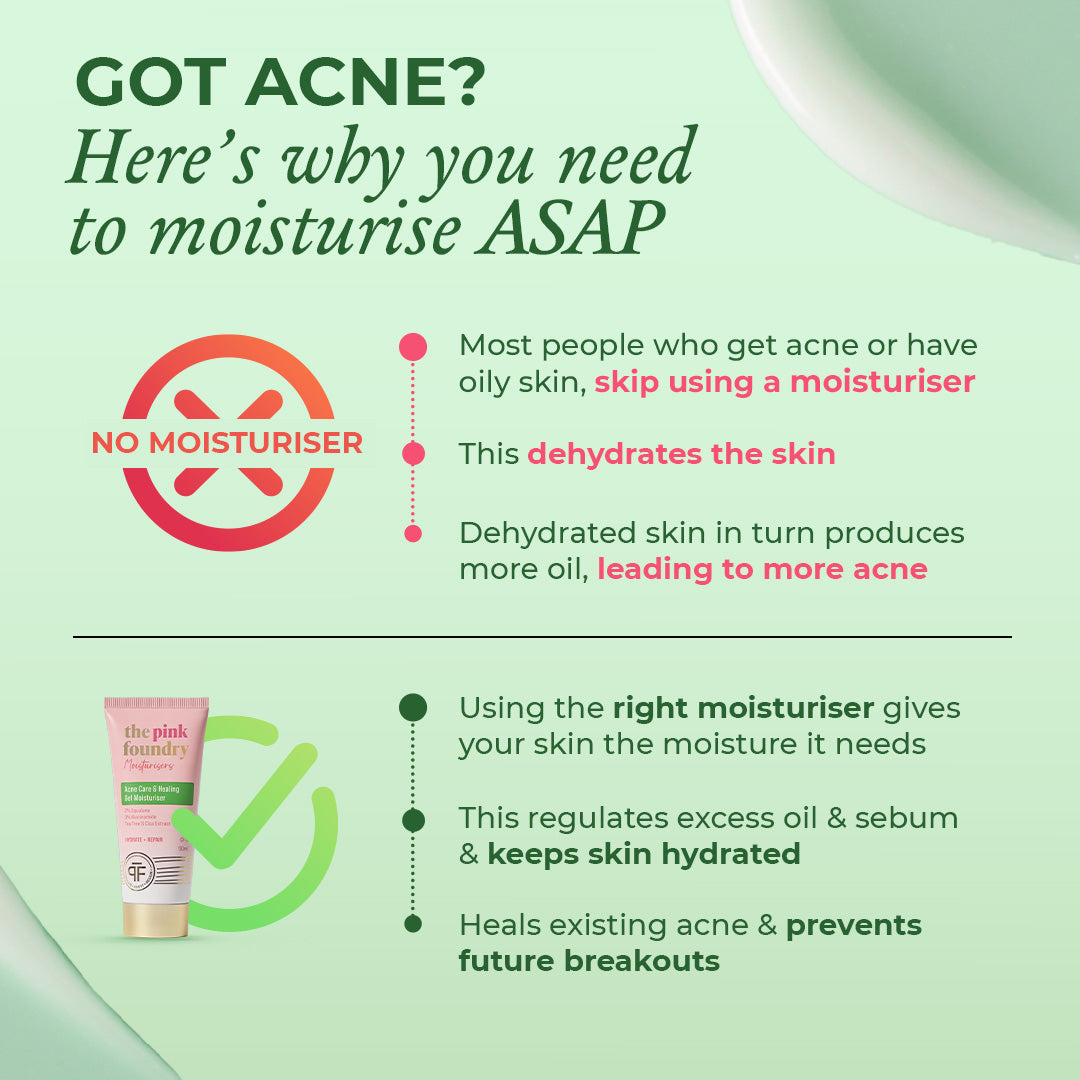
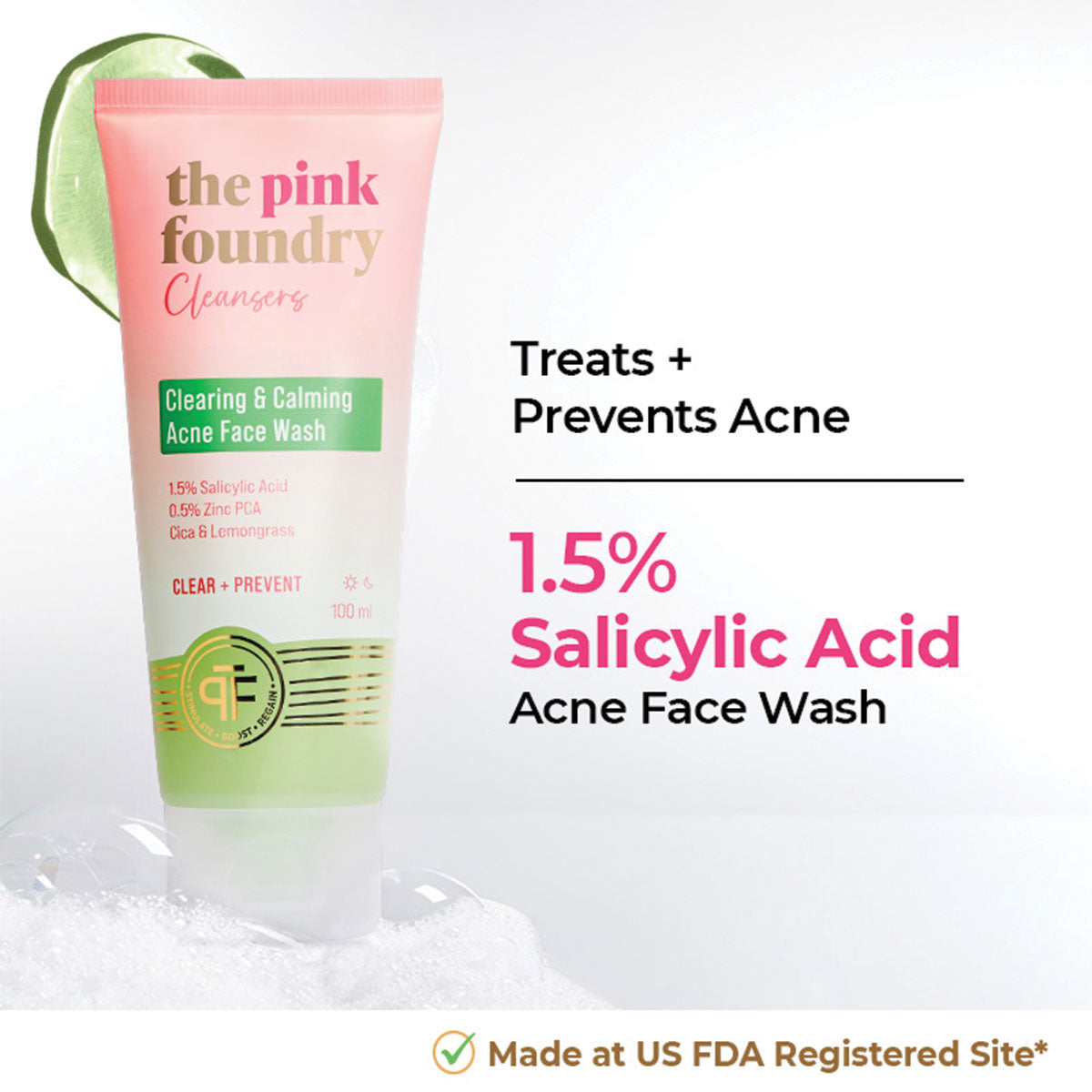
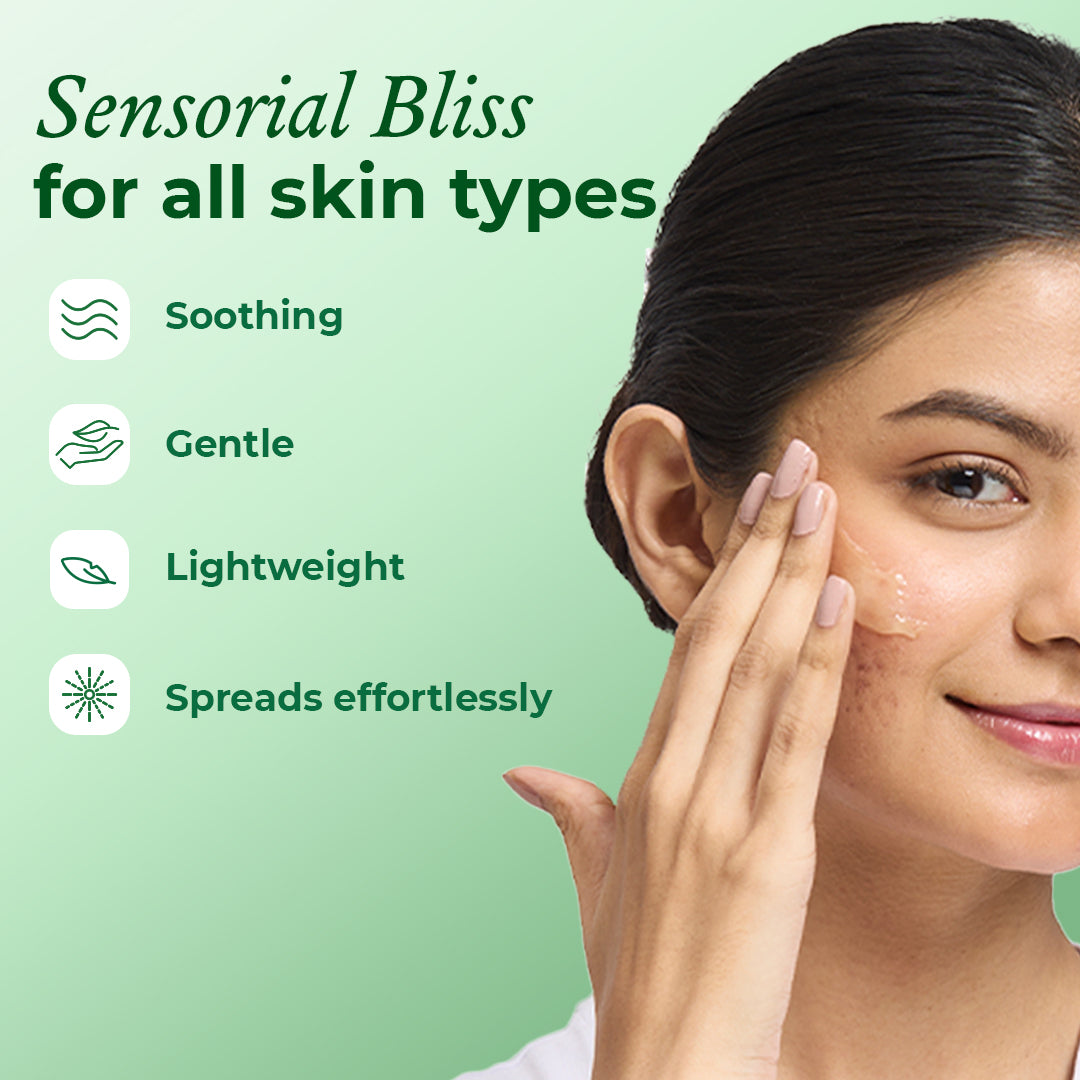
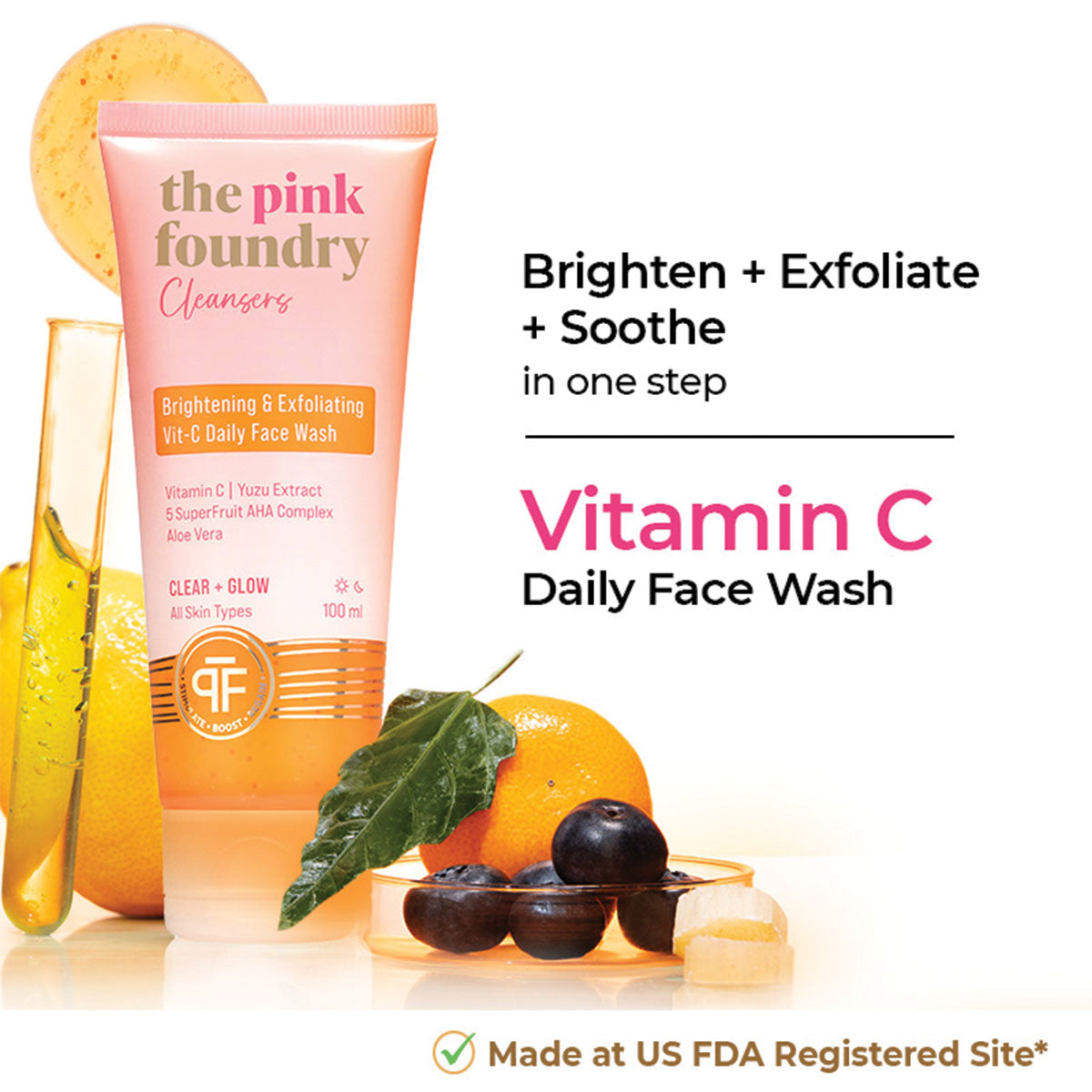
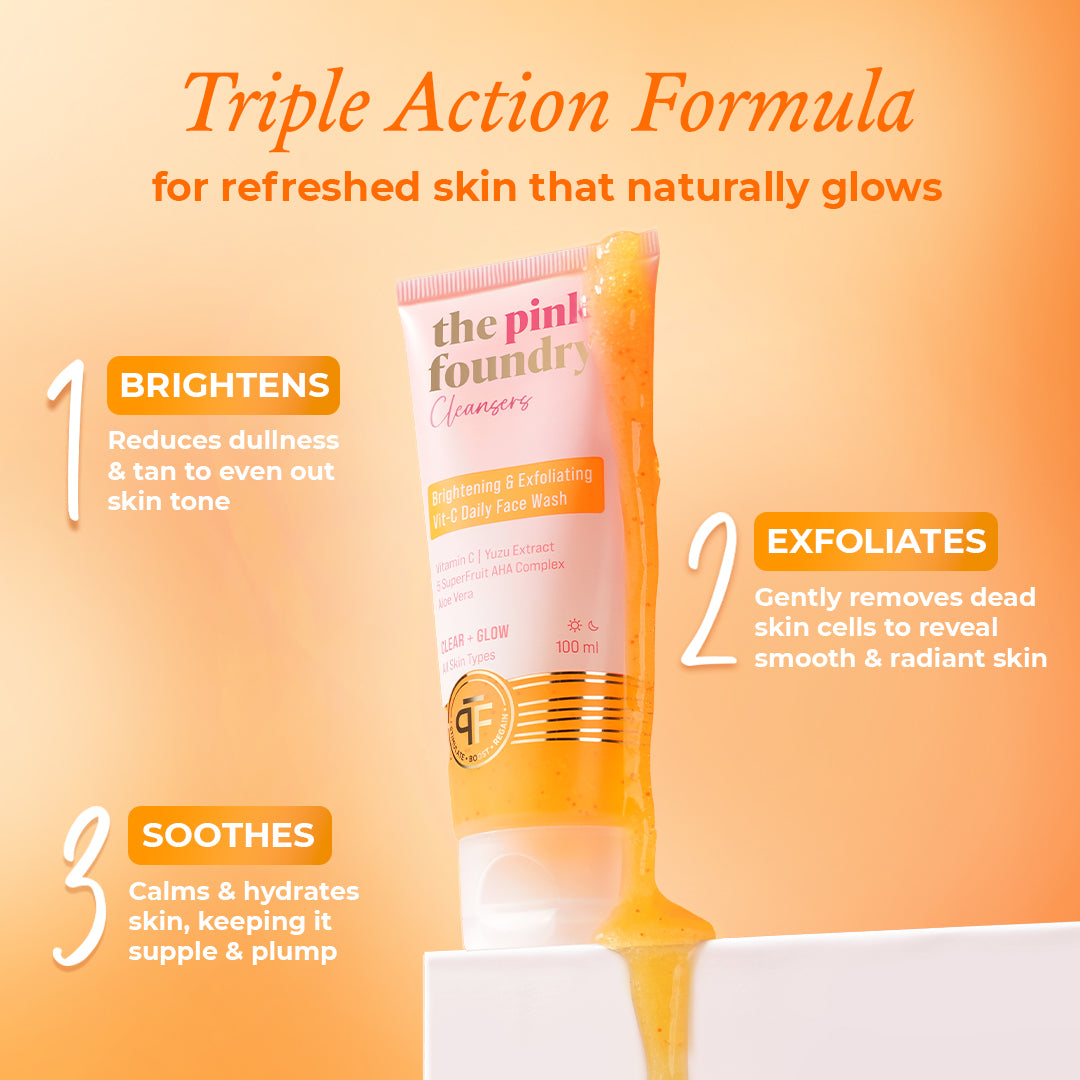

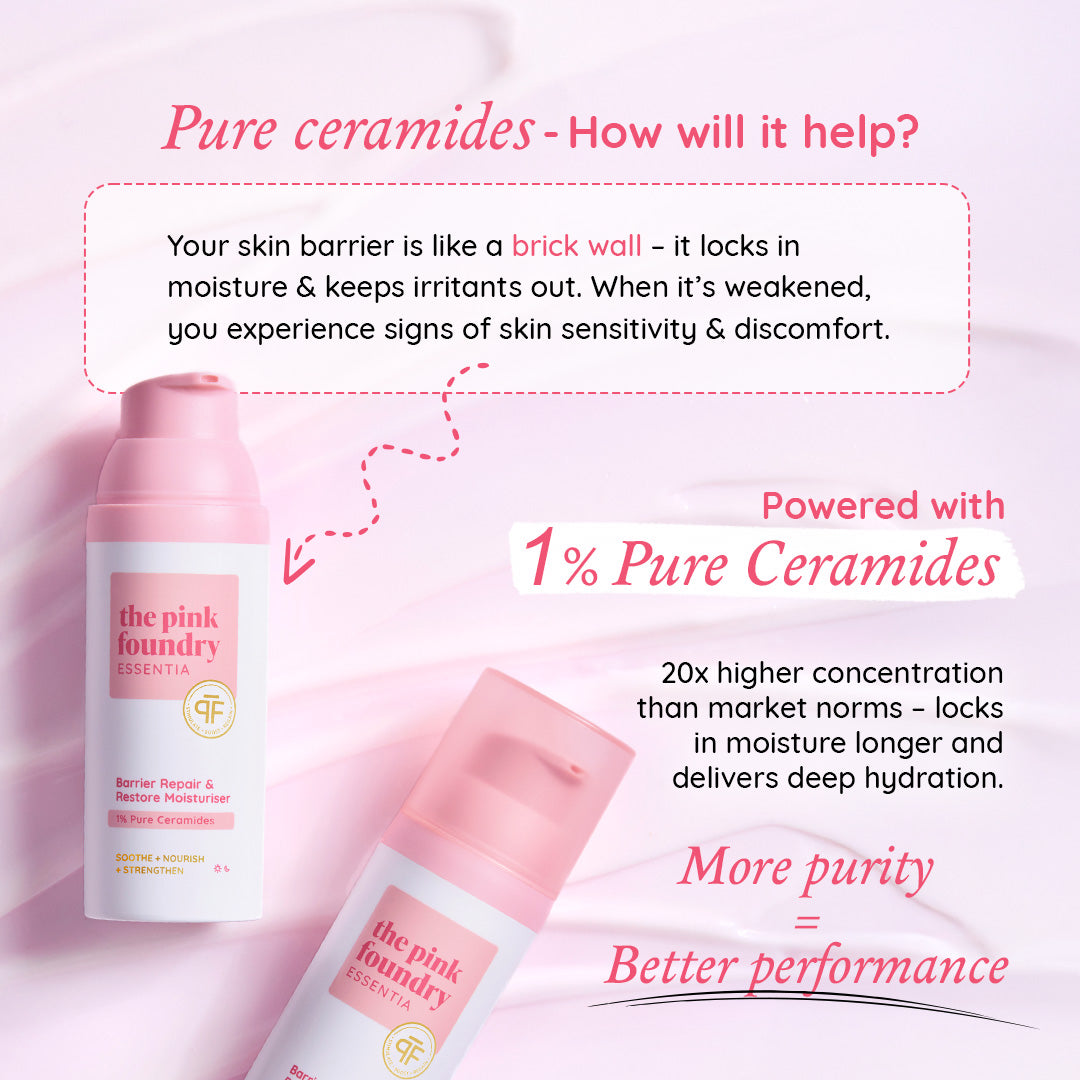




Leave a comment
This site is protected by hCaptcha and the hCaptcha Privacy Policy and Terms of Service apply.